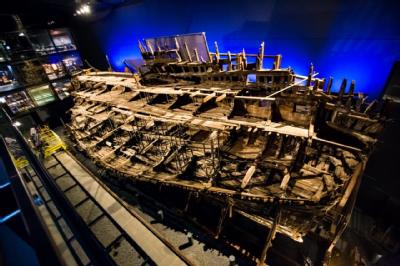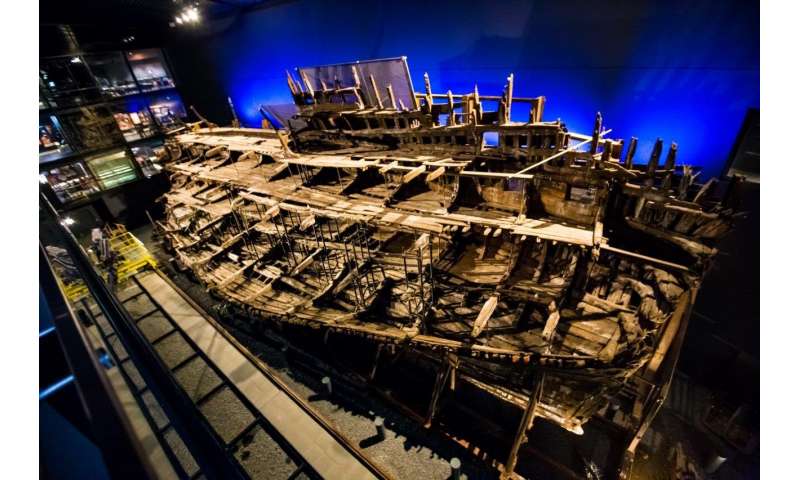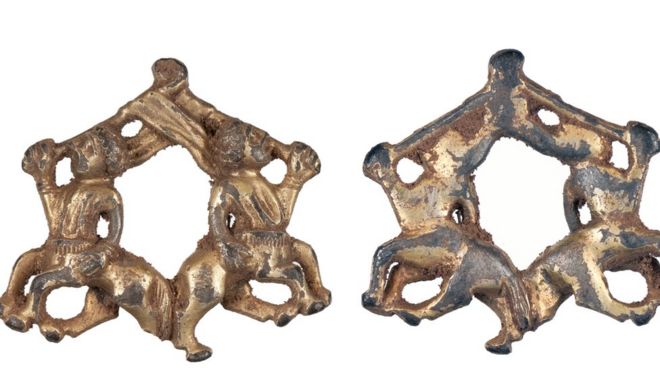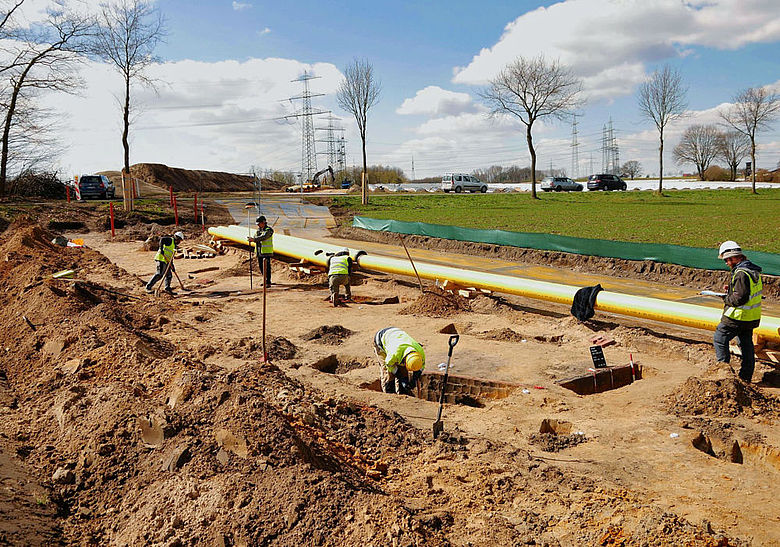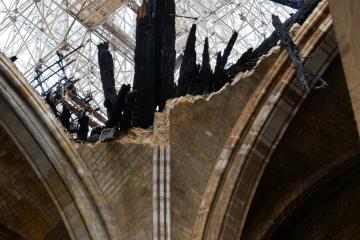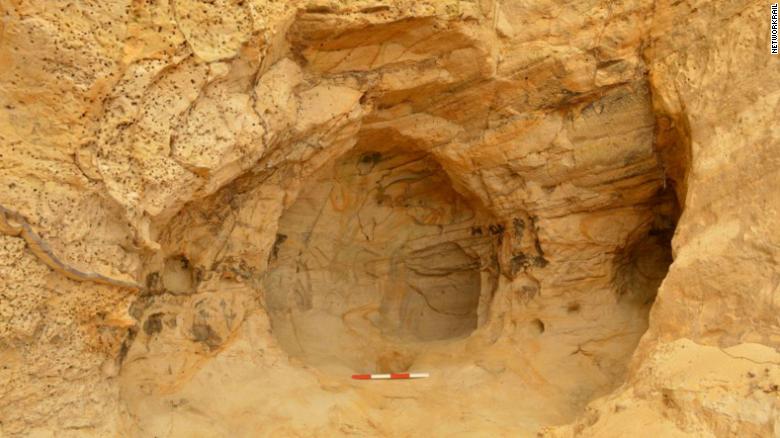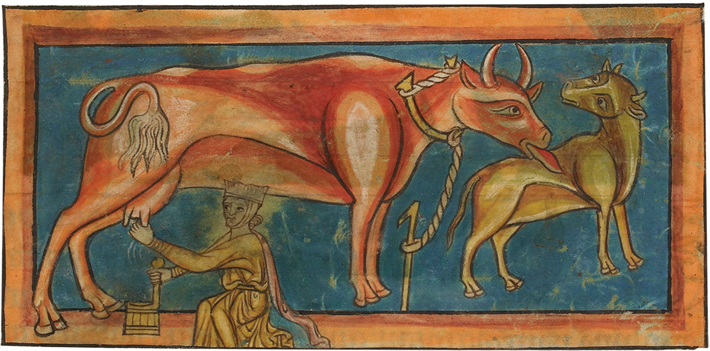Archaeological dig uncovers Anglesey Abbey’s past: Chapel Wall underneath garden wall.
Picture: NATIONAL TRUST IMAGES/SHANNON HOGAN
The project by the National Trust and Oxford Archaeology East was started to develop a better understanding of the site’s previous roles as a medieval hospital and Augustinian Priory.
After starting in March, work on the project was drawn to a close early as the country responded to the coronavirus outbreak. But early finds have already shone light on the history of the site.
Geophysical survey results and parch marks identified from aerial photographs have revealed the outline of buildings which appear to be a priory church and cloister, believed to have been originally built in the thirteenth century.
Read the rest of this article...

